How to grow marigolds from seed
Learn how to grow marigolds from seed and fill your garden with these bright, beautiful blooms
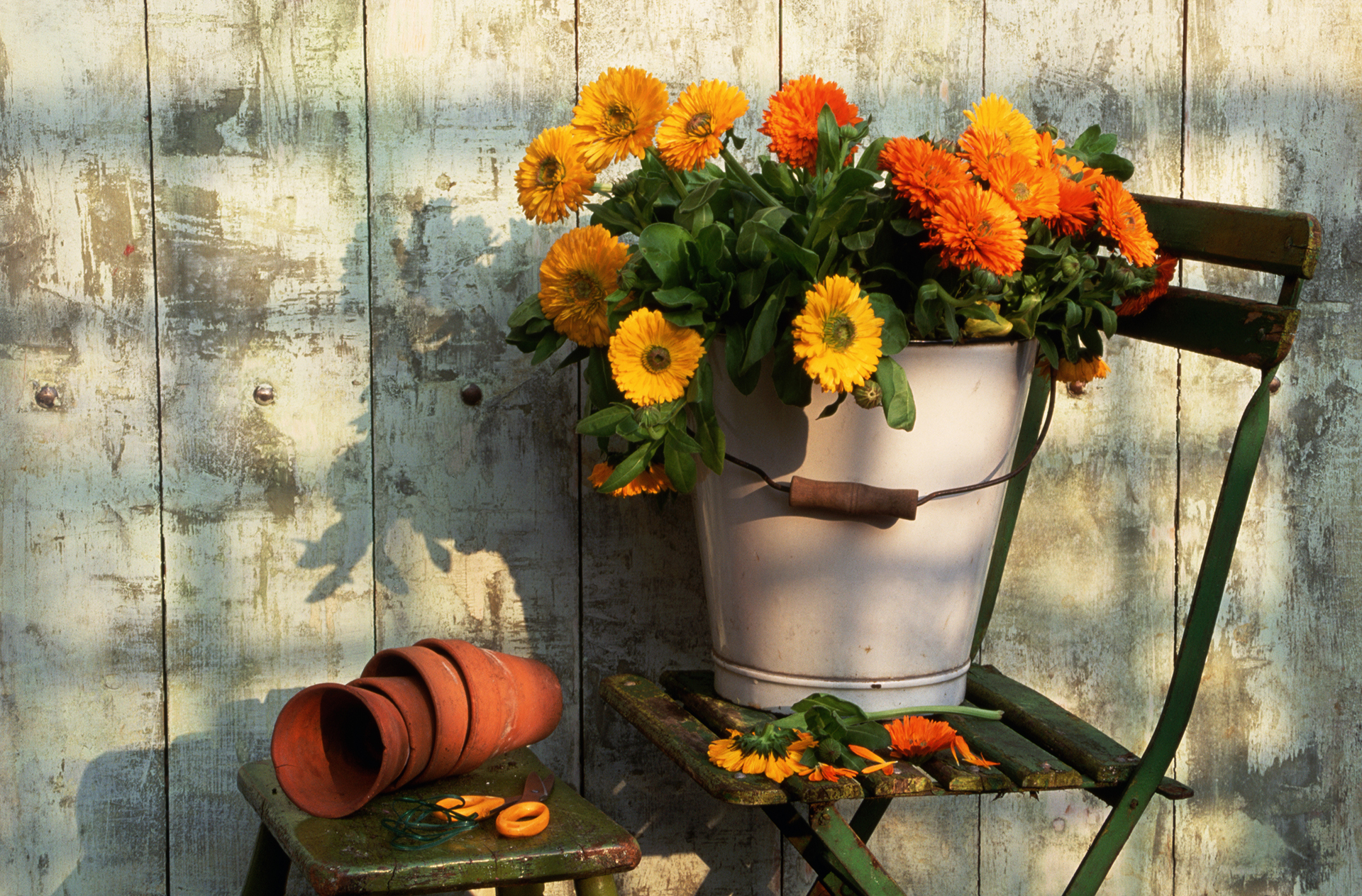

If you're wondering how to grow marigolds from seed, you're in good company. A favorite in gardens around the world, marigolds are full of color and bring a burst of summer cheer to any windowbox, hanging basket, planter or border. Not only popular with gardeners, they are also a favorite of butterflies and bees.
For best results, it's important to know when to start marigolds from seed indoors. With some solid growth behind them, you can plant marigolds outdoors, where they are easy-to-grow, excellent companion plants.
'Grow marigolds near vegetables to keep pests away,' advises Sue Sanderson, Horticultural Executive at Thompson & Morgan. They are especially well suited as strawberry companion plants as they are very good at protecting against whitefly.
Read on to find out how to grow marigolds from seed in your own garden.
How to grow marigolds from seed from a packet

Marigold seeds are one of the easiest flowers to grow from seed. If you're sowing indoors, then you can start growing them anytime between late winter and early spring, while if you're planting them directly, then wait until late spring to early summer before sowing your seeds.
- Fill seed trays or cell packs with seed compost.
- Press the seeds into the compost.
- Lightly cover the seeds with more compost.
- 'If kept at 70-75°F germination usually occurs between 5 and 20 days,' says Don McCulley, owner of Swallowtail Garden Seeds.
- Once your seeds have germinated, let them grow until their second – 'real' – set of leave appear. If you have grown in seed trays then thin them out until they are about 11 inches apart.
- 'Gradually harden off before planting out after the last frosts,' advises Sarah Raven. You can do this by putting the trays outdoors on sunny days, then bringing them inside in the evening.
- When the seedlings have reached a few inches tall then transplant the young marigolds to grow in pots, hanging baskets or into the flower bed.
'Once they get going, marigolds will continue growing easily, even if you forget about them,' says Sue Sanderson, Horticultural Executive at Thompson & Morgan in a recent blog post. 'Be sure to protect your marigolds from frost as they don't like the cold.'
How to grow marigolds from seed from a flower
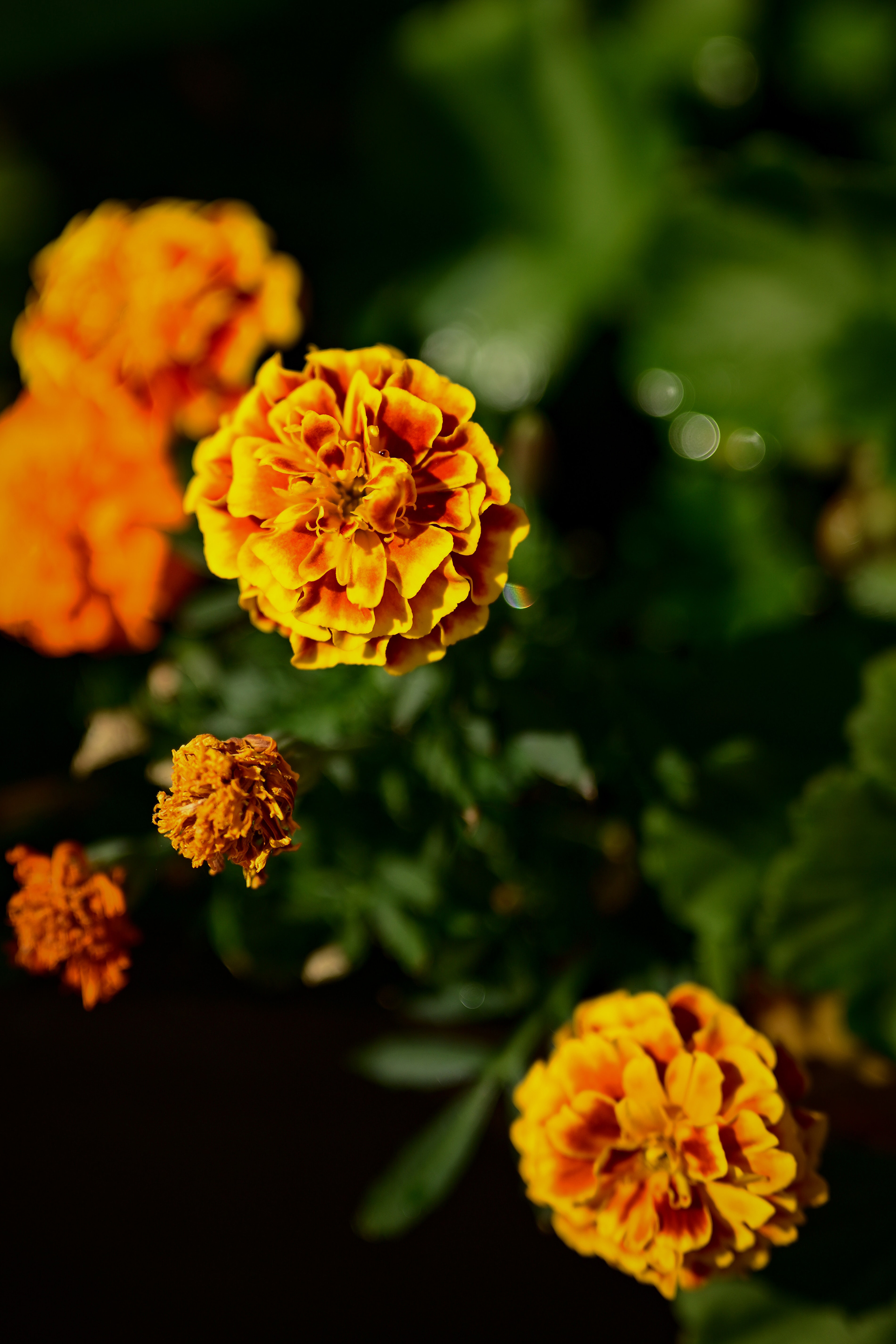
If you already have a marigold plant in your garden then it couldn't be easier to learn how to grow marigolds from seed.
- When the marigold's petals have done dry and crispy to the touch they are ready to harvest for seeds.
- Deadhead the spent flower and then pull the petals upwards, out of the flower.
- This will reveal the seeds which are black tipped with white tops.
- Put the seeds in a plastic container and put in the fridge to keep them fresh.
- Sow the seeds, as you would those from a packet, the following March for beautiful blooms come May.
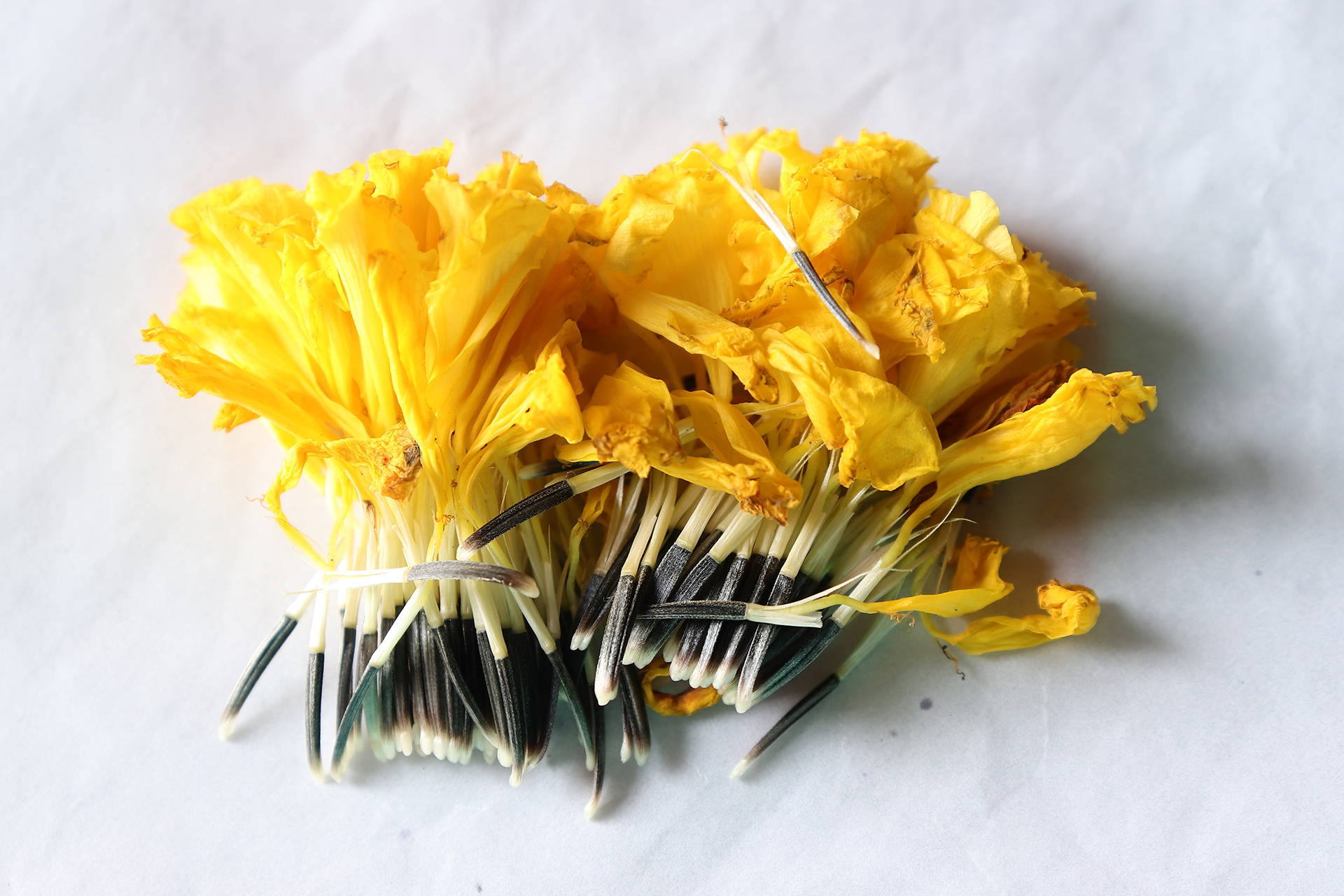
If you already have established marigolds in one part of the garden and would like some more, you can simply leave the flowers to self-seed and over the course of a few years, the space will be full of these vibrant blooms.
How to grow marigolds from seed in the ground
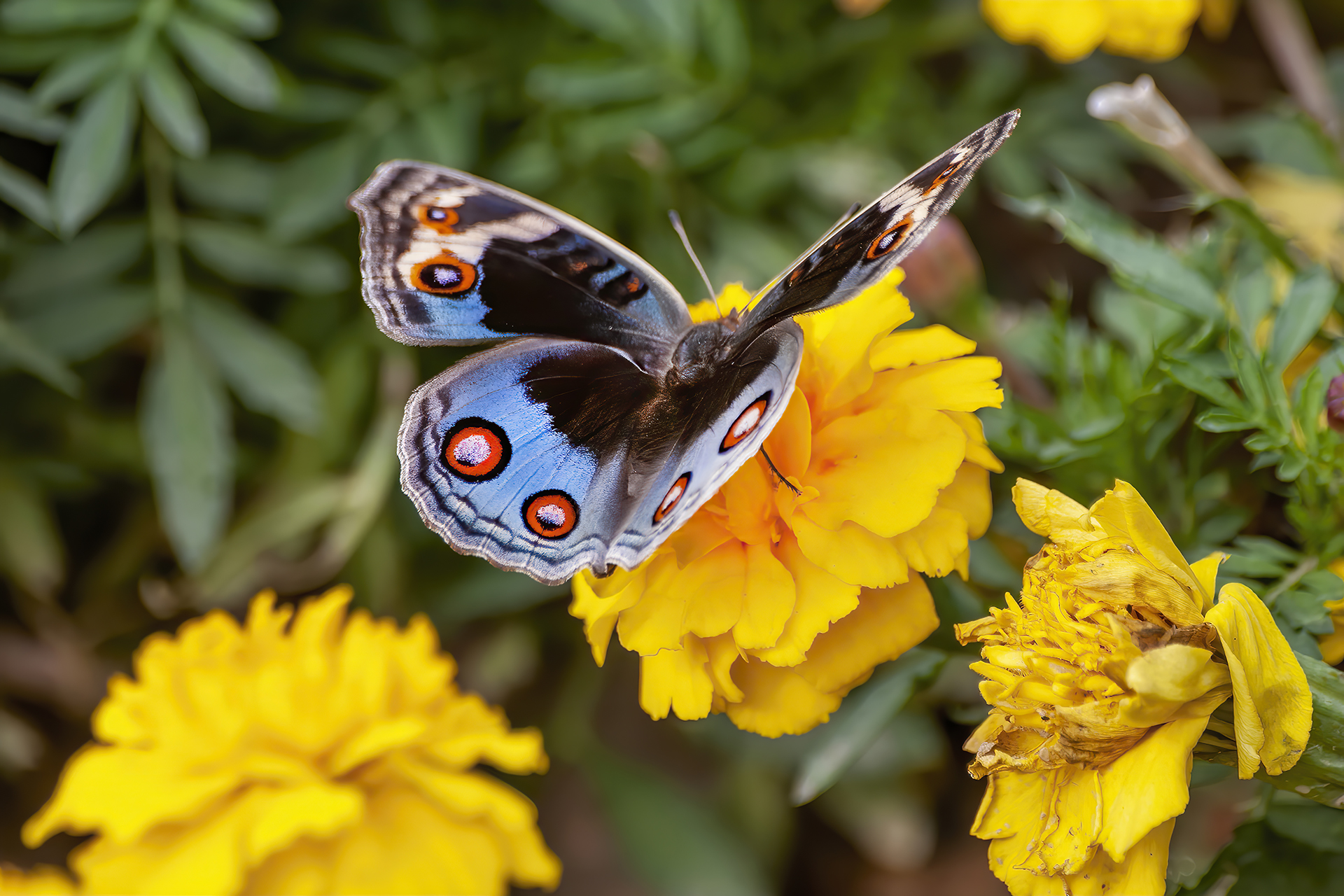
It's actually very easy to grow marigold seeds directly into your border.
- Make sure that the soil is free from weeds, then rake until it its fine and crumbly.
- Once the soil is prepared then create narrow rows (about 12mm deep).
- Then sow the seeds into the row and cover with soil.
- For optimum growth, marigolds prefer loamy soil with a neutral pH.
How do you germinate marigold seeds?
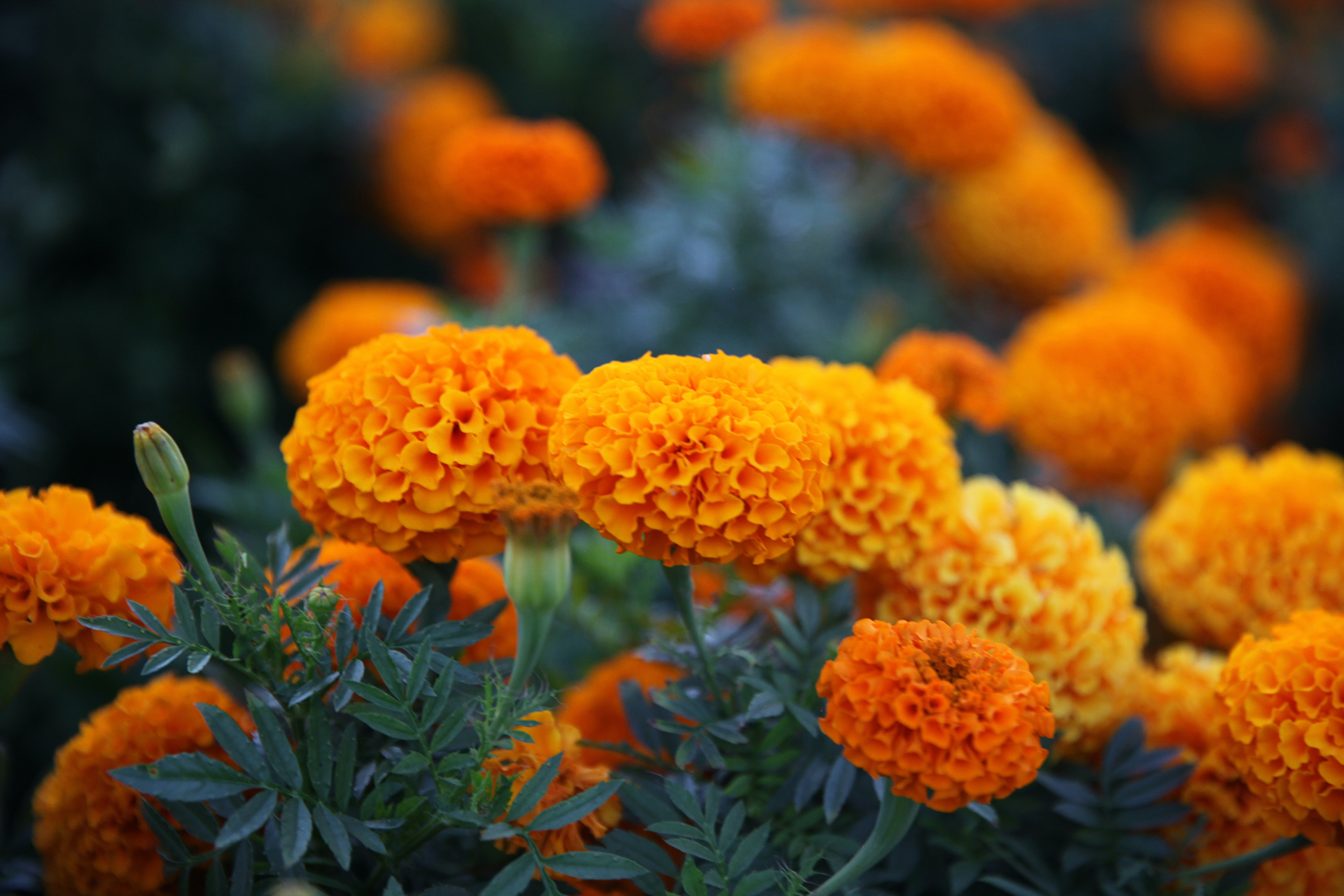
- You germinate marigold seeds by scattering them on the top of the soil and then covering in a very fine layer of compost.
- Keep moist and in warm conditions, whether outside or in.
- If the temperature is warm, germination typically takes between 5 and 7 days though can be as long as 20 depending on the temperature and amount of water.
How long does it take to grow marigolds from seed?
FAQs
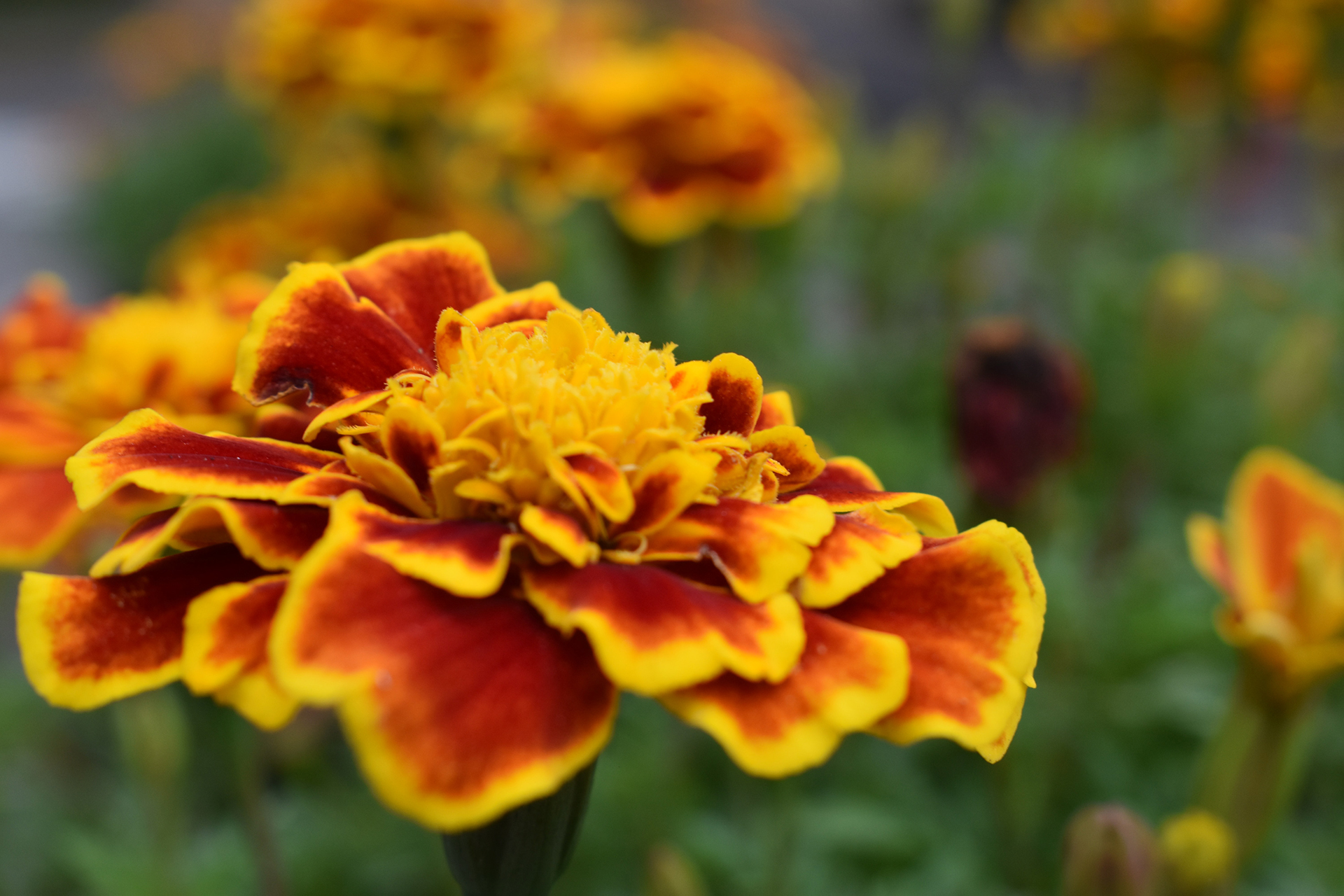
It takes around eight weeks to grow marigolds from seed to flowering. Once they have had their first flowers, marigolds will continue to bloom for months throughout summer and into fall so long as you regularly deadhead the spent blooms.
What should I grow with marigolds?
'Sow marigolds in succession to keep flowers coming, or follow them with any of the umbellifers, the poached egg plant or tagetes. It’s the orange or yellow color range that hoverflies love best; this also draws in other pollinators, thus increasing your harvest of many important and popular crops, such as runner beans, tomatoes, cucurbits and fruit,' says Sarah Raven.
Should you soak marigold seeds before planting?
You shouldn't have to soak marigold seeds before planting though doing so has been reported to speed up the germination process.
If you do decide to soak seeds before planting then be sure to only leave the seeds soak for a couple of hours at most, to prevent them becoming waterlogged and rotting.
Sign up to the Homes & Gardens newsletter
Design expertise in your inbox – from inspiring decorating ideas and beautiful celebrity homes to practical gardening advice and shopping round-ups.

Having graduated with a first class degree in English Literature, Holly started her career as a features writer and sub-editor at Period Living magazine, Homes & Gardens' sister title. Working on Period Living brought with it insight into the complexities of owning and caring for period homes, from interior decorating through to choosing the right windows and the challenges of extending. This has led to a passion for traditional interiors, particularly the country-look. Writing for the Homes & Gardens website as a content editor, alongside regular features for Period Living and Country Homes & Interiors magazines, has enabled her to broaden her writing to incorporate her interests in gardening, wildlife and nature.
-
 Bissell CleanView XR Pet 300W Stick cordless vacuum review – it's a great budget vacuum, but by no means perfect
Bissell CleanView XR Pet 300W Stick cordless vacuum review – it's a great budget vacuum, but by no means perfectLow price point, but with the cleaning performance to match it
By Camryn Rabideau
-
 Kevin Costner uses the 'ultimate color choice for interiors' in his kitchen – it masters a top 2025 trend that's 'guided by the calm of nature'
Kevin Costner uses the 'ultimate color choice for interiors' in his kitchen – it masters a top 2025 trend that's 'guided by the calm of nature'The Yellowstone actor embraces a subtle yet soothing trend that's influencing how we decorate this year, but it will look just as perfect in 100 years
By Megan Slack